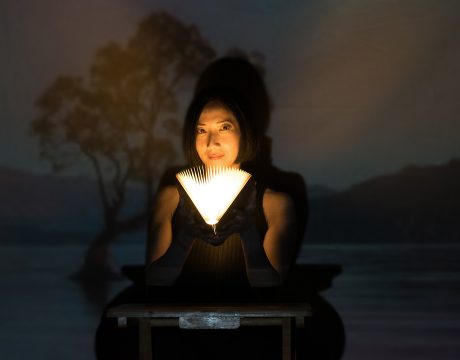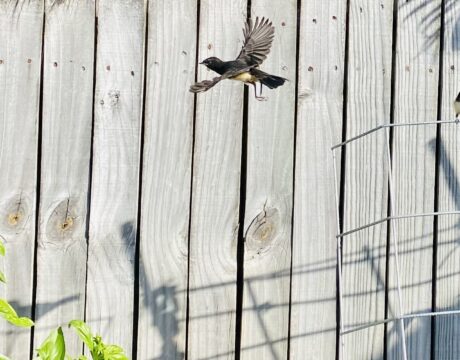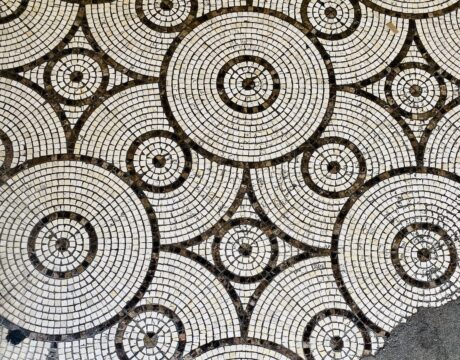The notion of liminality was developed by Arnold van Gennep (1960) in his work Les Rites de passage to describe the transitional stage between adolescence and adulthood. The concept describes the spaces between before and after, the past and the present, where the threshold between the initiation and the completion often present a sense of ambiguity and uncertainty.
The COVID-19 pandemic, in part, exemplifies this concept. As the world attempts to transition to a new normal, many of us remain uncertain – suspended between the what our lives were like before the pandemic and what our lives will look like moving forward. This sense of discomfort and instability stems from our fear of the unknown, one of the reasons why liminal spaces are seen in a negative light and can be off-putting.
However, liminal spaces are not all doom and gloom. They can also be seen as opportunities for contemplation, reflection, and change. In these spaces between, we are free to question whether things are truly as binary as they seem. One fun example to consider is how we typically assign temporal markers to when we should have breakfast and lunch. Culturally or socially, we may also assign certain dishes that we should or should not have during these times of the day. Yet, contemplating on the liminality of a meal that is not quite breakfast, nor quite lunch can be exciting, and sometimes liberating. Why stick to having breakfast and/or lunch when we can have the more transient brunch? What is stopping you from having breakfast cereal in the afternoon?
Beaches are liminal, not quite land and not quite sea. They appear and disappear with the tides, with the waves taking some of what was left on the sand, but also bringing in something new from the ocean. In the Death Stranding (Kojima Productions, 2019) video game, beaches are used as a metaphor to portray a limbo-like space between the world of the living and what comes after that.
This interactive piece, Land or Sea: Stranded or Free?, situates itself in the archetypal liminal landscape of a beach, inviting the viewer to question the confines of time and space and ponder the future while ruminating on the past. The interactive beach provides a digital space to explore how liminal spaces can be liberating and encourage creativity. The piece is also a nod towards Death Stranding’s use of Beaches as a liminal space featuring some familiar elements for those that have experienced the game before.
Time and tides wait for none, but are we stranded or free?
Cover photo by Lance Asper on Unsplash is licensed with the Unsplash License.















